What is a Subscription Business Model?
A subscription business model is used when a company charges a recurring fee for its services and products. As a result, Recurring charges can be made on a monthly or annual basis.
Certainly, Subscriptions aren’t a new idea. For example: newspaper subscriptions or your local gym, the subscription business model has invaded our daily lives.
But what is it about the subscription business model that makes it so appealing to both customers and businesses? Customers value the convenience and personalization it provides, while companies value predictability and sustainability. Let’s take a closer look.

What Makes the Subscription Business Model So Sustainable?
Revenue goes in a straight line from marketing to sales and finance in a classic business model. However, revenue flow is cyclical with the subscription businesses model. While the goals of all operations remain the same, the revenue implications are magnified since customers must be ‘acquired’ not only once, but regularly.
Businesses may lock in customers for a longer period using the subscription business model. It guarantees a consistent and reliable revenue source. Businesses may improve their products and services to meet the demands of their customers and develop with them over time as a result of this long-term relationship.

What are the advantages of Subscription Business Model?
-
Predictable Revenue
The subscription model ensures a steady source of money in the future. In moments of crisis and financial fluctuations, this recurrent revenue might keep your company viable. It also helps in the continuity of your business activities.
-
Improved forecasting
The subscription business model allows you to correctly forecast future revenue. Subscriptions can help demand forecasting and inventory management for eCommerce companies with large demand variations.
-
Retention costs are lower
You don’t need to spend extra marketing dollars to attract customers because they buy from you regularly. Subscribers that pay constantly and commit to a long-term relationship with you are also less likely to churn. You do not need to spend any additional money on customer retention.
-
Effective and better customer relationships
Subscription products can grow with the customer. Subscriptions are popular among customers because of the convenience aspect and the ability to customize the product.
Customers can also pay for more value by upgrading to a higher plan if they choose it. This adaptability helps with the development of customer loyalty.
-
Opportunities for revenue growth
Once a customer has signed up for a basic plan, your product(s) has the opportunity to establish its worth and entice them to desire more. You’ll be able to persuade them to upgrade to a higher plan at no additional cost this way. There are also ways to increase income, such as up-selling and cross-selling new features and non-core products. It means you obtain more money from the same customer without spending more money on acquisition.

Popular Subscription Business Models
The subscription business model has several evident advantages. You can se Subscription models in a wide variety of industries. Some are brand new, while others are not.
Depending on who they serve, you can categorized as B2B or B2C businesses
To sum up, here are a few examples of popular subscription business models:
-
SaaS
One of the most widely used subscription business models is SaaS, or Software as a Service. Software is centrally hosted in the cloud and rented out on a subscription basis. One of the many reasons why businesses prefer SaaS is because cloud infrastructure allows self-service and eliminates the need for on-site maintenance.For
For example: Click-Up , Lavender, Hubspot, Dropbox
-
Subscription Boxes
Subscription boxes are boxes that supply handpicked products and tangible things on a monthly or annual basis. Essentials, hobby supplies, luxury goods, meal packages, and even collector’s items.
For example: Wantable
-
Publications & Newsletter
Newsletters and email publications are becoming increasingly popular as a way for content and information to be delivered directly to subscribers. Being able to reach an audience in the moment ensures that your message isn’t missed. The subscription business model is working for digital publications, marketing, and fundraising campaigns.
-
Video & Audio
This subscription model is nothing new to us. Subscription Video/Audio on Demand is a service that charges a monthly fee in exchange for video and audio streaming.
For example: Stptify, Apple Music, HBO Max, Netflix.
What You Need to Know to Run a Successful Subscription Business
Let’s take a look at some of the fundamentals you’ll need to run a successful subscription business:
-
Product-Market Fit
The holy grail of every successful business, subscriptions included, is product-market fit. It occurs when a business must identify the appropriate target customers and provide them with the appropriate product.
To get the best product-market fit, you must first have a thorough grasp of your customers and their problems. It’s critical to recognize that your customers’ demands change as they grow, and your product should be able to keep up.
-
Outstanding Customer Service
This cannot be overstated – especially for subscription businesses, where customers must be won over every payment cycle. Customer service may not only help you better understand your customers’ problems, but it can also help you build long-term connections with them. It helps you to enhance your product based on customer feedback and educate them about product features they may not be aware of.
-
Tech Stack for Subscription Revenue
Any mature subscription business that wants success needs a robust revenue tech stack. Because the revenue flow is regular, the RevOps process of any subscription business is crucial. That is why it is critical to identify and address inefficiencies in this workflow as soon as possible.
-
Pricing Strategy
Your business will be successful when customers pay for your product on a constant basis. Therefore, having the correct pricing model will boost growth and reduce churn. These are 4 methods of pricing:
a) Demand-based pricing
b) Cost-plus pricing
c) Competitive pricing
d) Value-based pricing
There are 6 metrics that any subscription business should monitor
If you don’t track the correct metrics, how can you tell if your company is growing? The important KPIs that every subscription business should monitor are as follows:
1) Monthly Recurring Revenue (MRR)
Monthly Recurring Revenue (MRR) is your normalized monthly revenue from all your active subscriptions. To put it simply, it is the revenue your business generates each month out of active subscriptions.
2) Annual Recurring Revenue (ARR)
Annual recurring revenue is derived from dividing your annual revenue received by customers who agreed to make automatic payments for your services. The metric allows companies to analyze their ability to grow through subscription-based businesses ensuring a stable income.
3) Average Revenue Per User (ARPU)
This is the revenue you earn with each subscription your customers pay you over a period of time, usually a month or a year. ARPU may help you in gaining a better insight into your customer profile, conducting price experiments, and developing a plan for upgrades and add-ons.
4) Lifetime Average Revenue (LTR)
LTR is the average revenue you may expect from a customer over the course of their relationship with you. Therefore, to be successful, SaaS companies should make sure their LTR is greater than 3x their customer acquisition cost.
5) Customer Acquisition Cost (CAC)
Also, we have CAC, which is a metric that company use to determine the amount of money it costs to acquire a customer using paid advertising.
6) Revenue Churn
In very simple terms, Revenue Churn is nothing more than the answer to the question: “How much revenue did your company stop receiving in a period of time?” (MRR or ARR)
To conclude, it’s important to knoe that businesses must go beyond simply calculating these metrics to fully comprehend the message they tell and take action. Radix is a great place to start if you’re looking for actionable subscription metrics for your SaaS or eCommerce company.
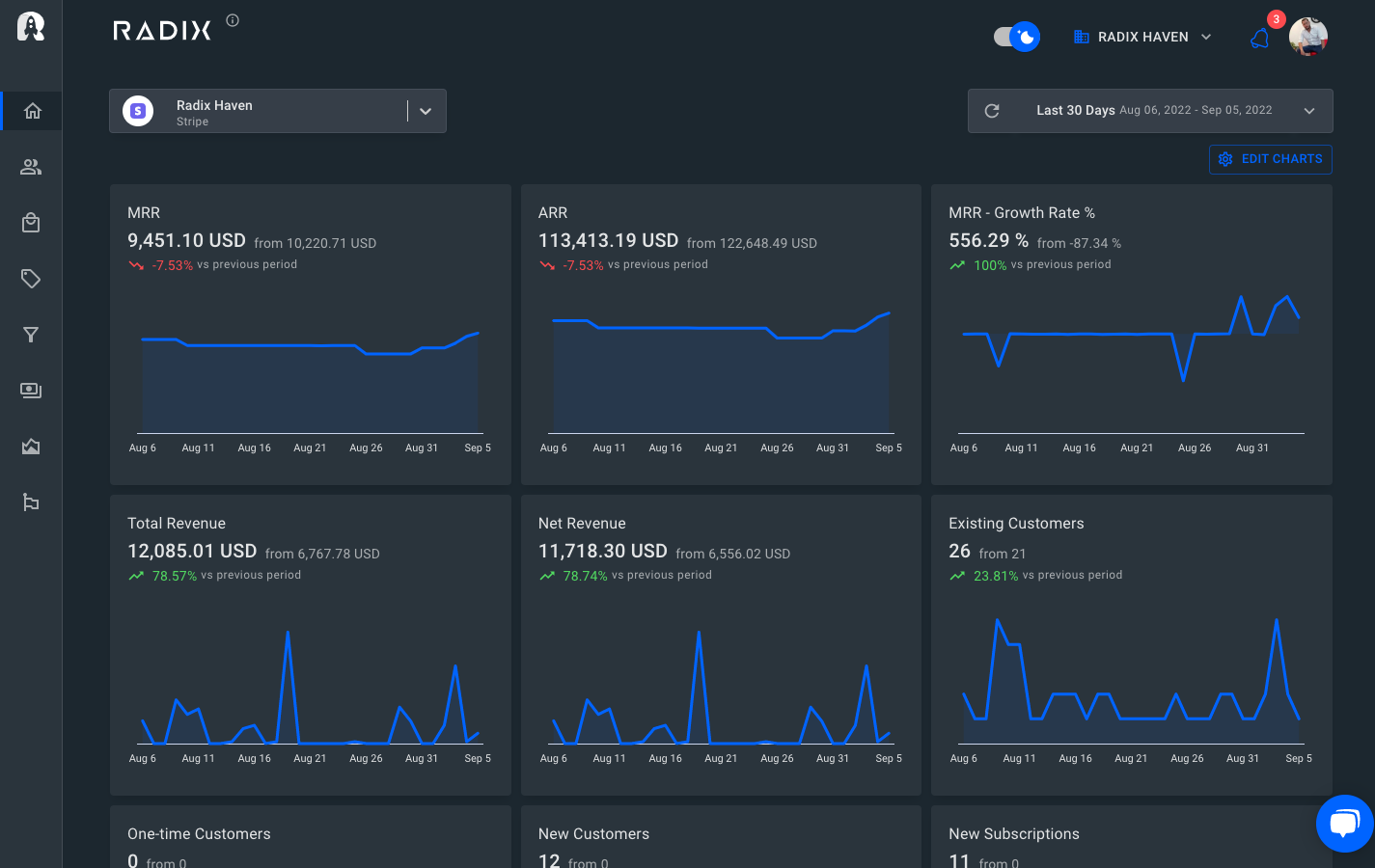
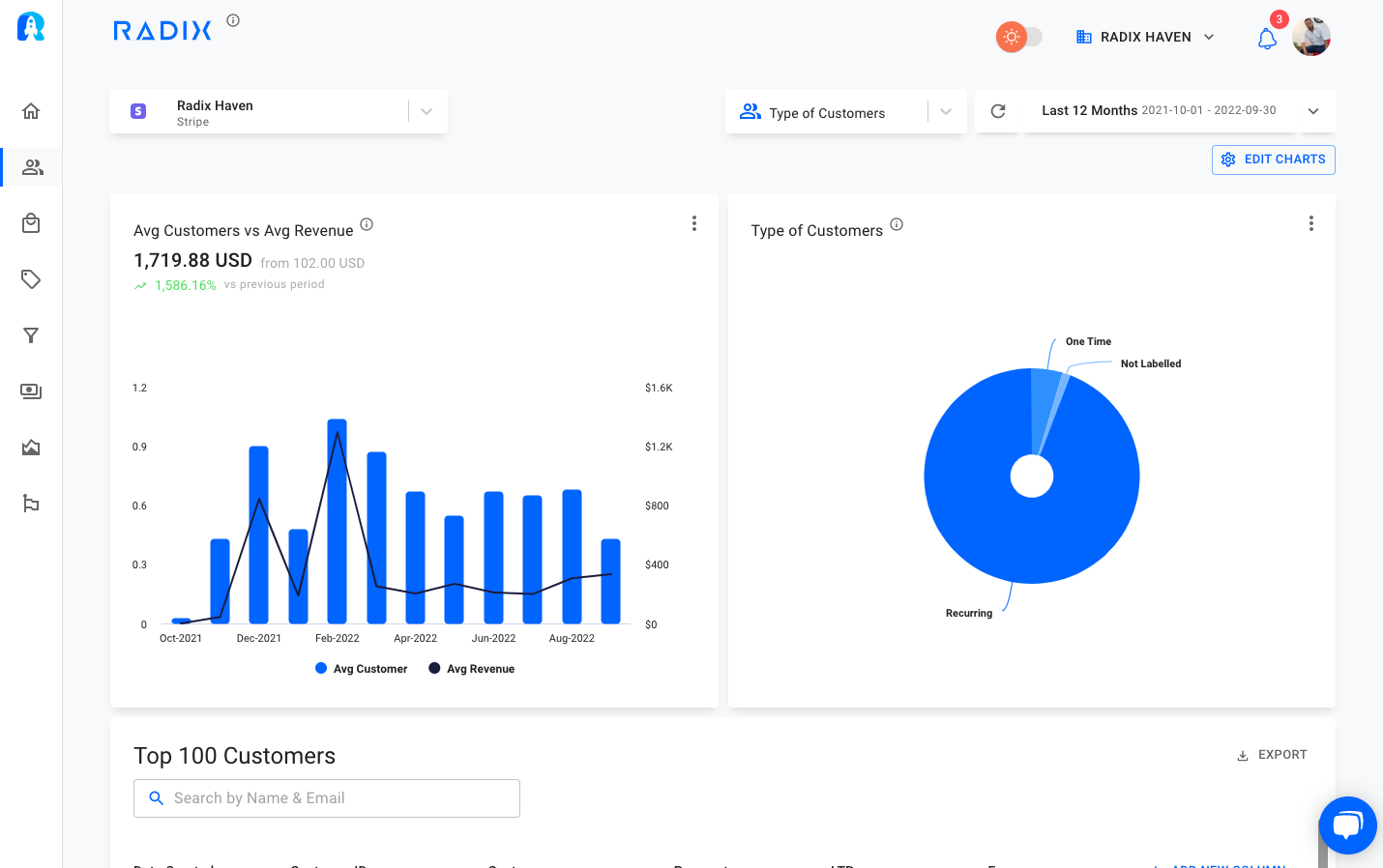
Also, you can analyze your trials
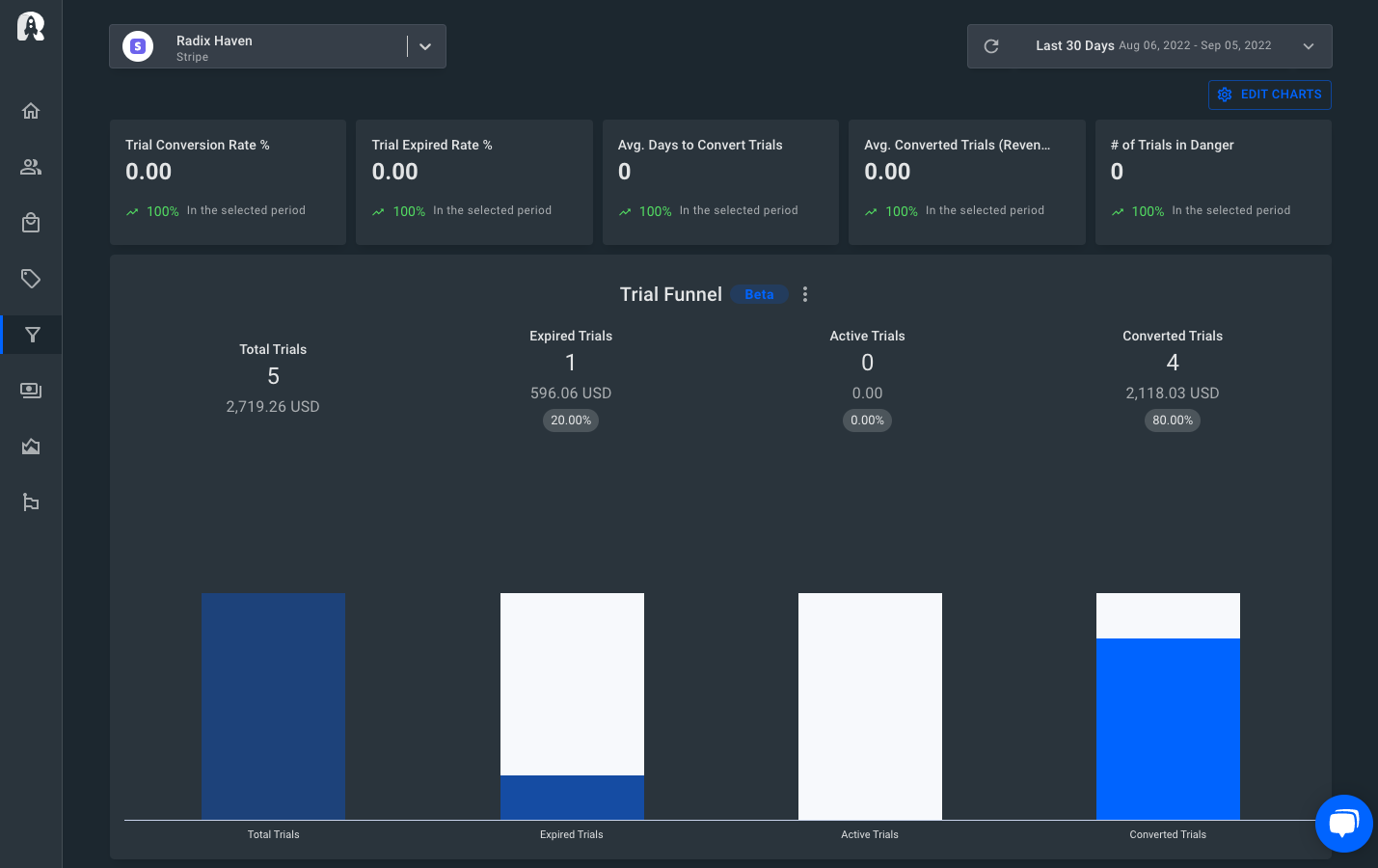
Track & Grow your Revenue in Real-Time
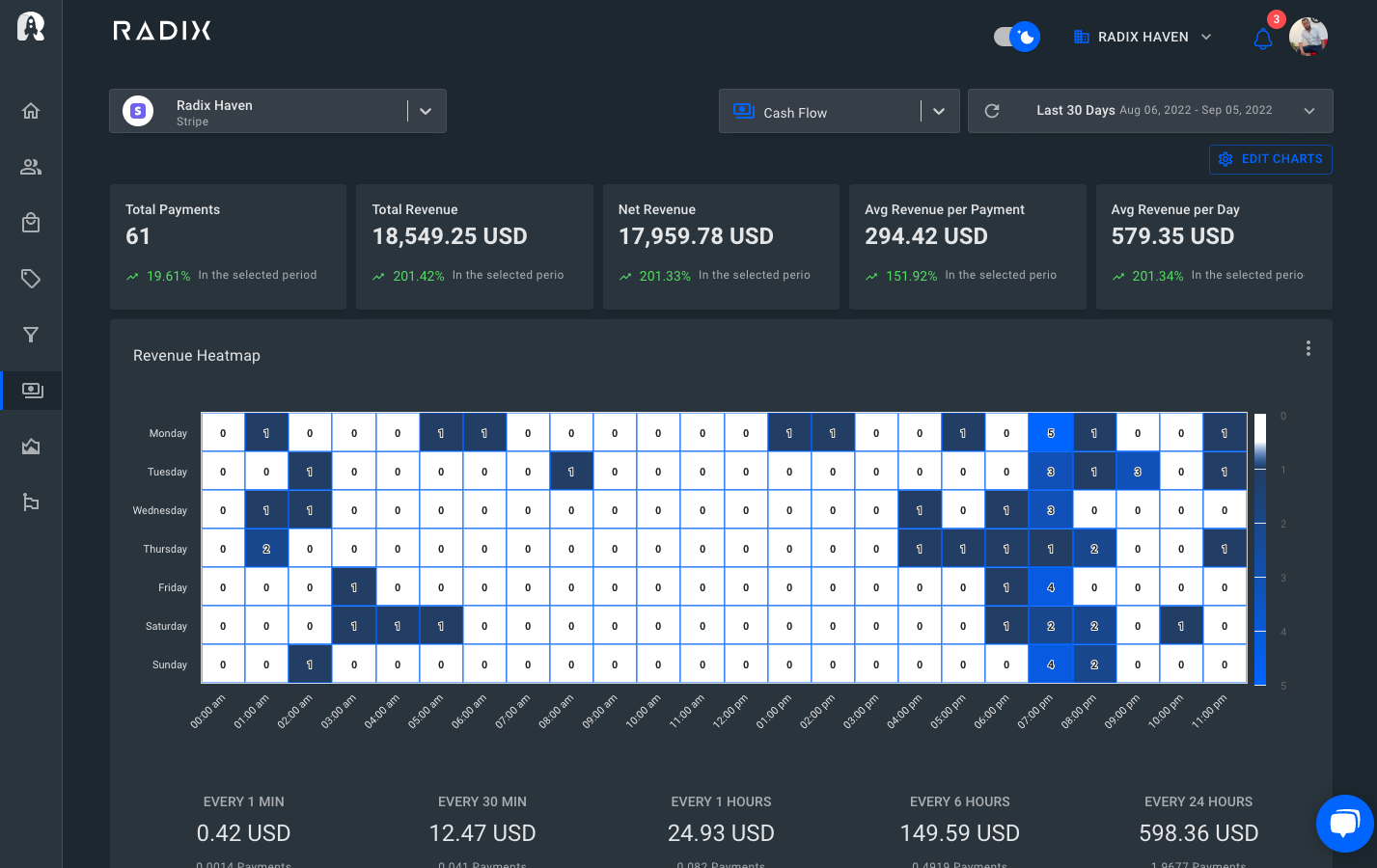
See how your products are performing
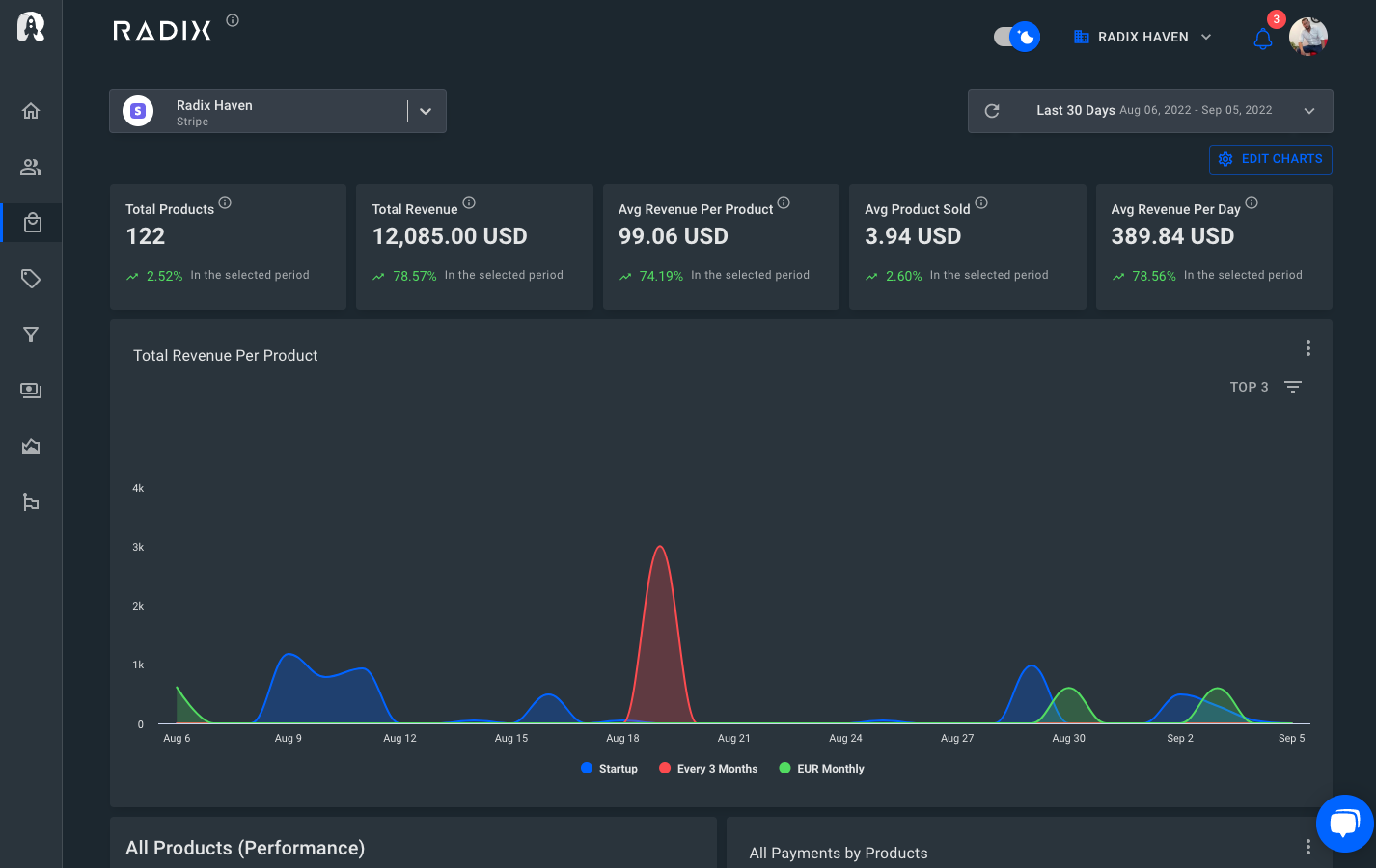
Click here to start tracking and analyzing your subscription business revenue data!
It is free under U$10K MRR
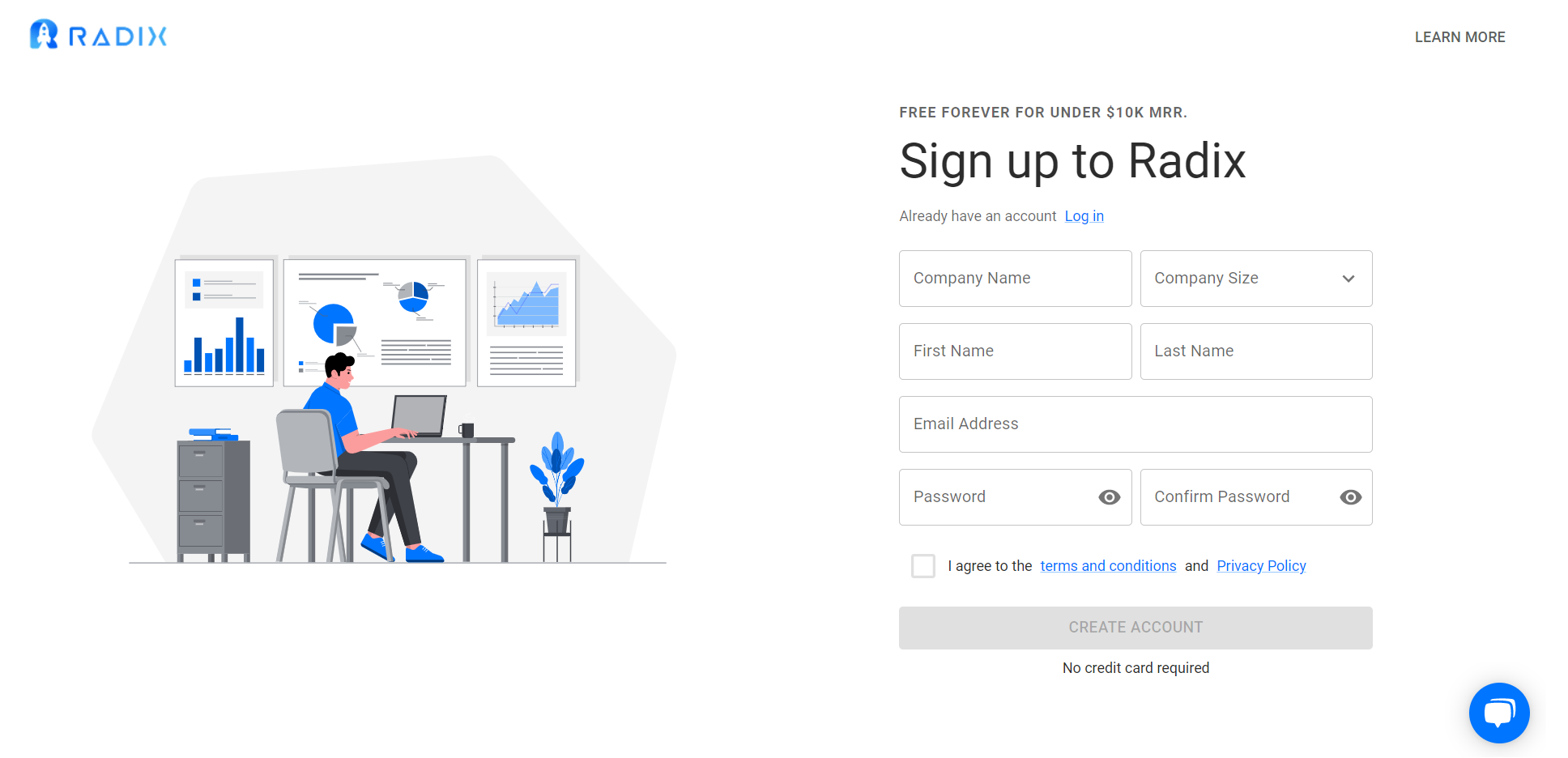
Read More:
7 Marketing Strategies for Startups
13 Features Your eCommerce Website Should Add To Succeed
Growth Hacking: 7 tips for SaaS Business to Scale Up
SaaS Metrics: What Are The Top 5 VCs Look At For Series A/B/C?





